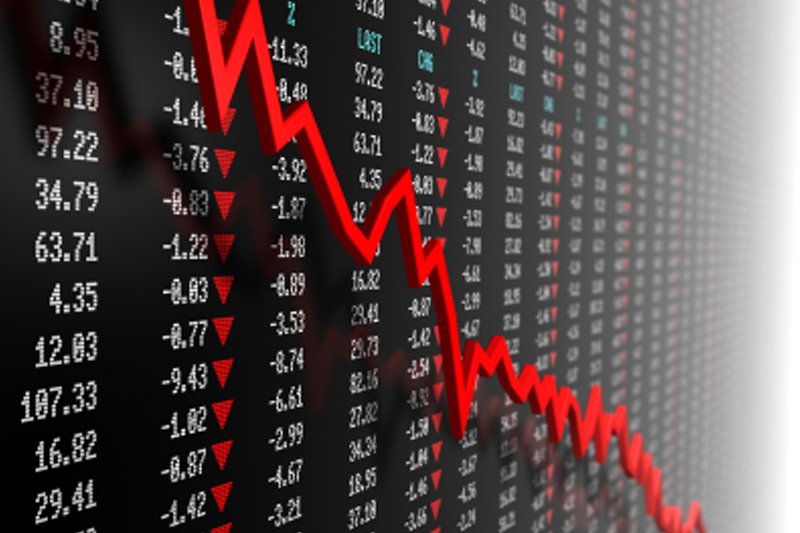Investing.com’s stocks of the week
Investing.com - The Australian dollar dropped to 20-month lows against its U.S. counterpart on Thursday, as downbeat Australian trade balance data added to expectations for a rate cut by the Reserve Bank of Australia.
AUD/USD hit 0.9435 during late Asian trade, the pair's lowest since October 4, 2011; the pair subsequently consolidated at 0.9462, declining 0.83%.
The pair was likely to find support at 0.9390, the low of October 4, 2011 and resistance at 0.9547, the session high.
Official data earlier showed that Australia's trade surplus narrowed far more-than-expected in April, falling to AUD0.03 billion from a surplus of AUD0.56 billion the previous month.
Analysts had expected the trade surplus to narrow to 0.22 billion in April.
The data came after a report on Wednesday showed that Australia's GDP rose 2.5% in the first quarter from a year earlier, expanding at the slowest annual pace in nearly two years.
Earlier in the week, the RBA held its benchmark interest rate at a record low of 2.75%, but said it still has room to cut interest rates further.
Meanwhile, the greenback remained under pressure after data on Wednesday showing that the U.S. private sector added far fewer-than-expected jobs in May dampened expectations that the Federal Reserve would start to unwind its asset purchase program this year.
The Aussie was sharply lower against the euro with EUR/AUD jumping 1.05%, to hit 1.3864.
Later in the day, the U.S. was to release the weekly report on initial jobless claims.
AUD/USD hit 0.9435 during late Asian trade, the pair's lowest since October 4, 2011; the pair subsequently consolidated at 0.9462, declining 0.83%.
The pair was likely to find support at 0.9390, the low of October 4, 2011 and resistance at 0.9547, the session high.
Official data earlier showed that Australia's trade surplus narrowed far more-than-expected in April, falling to AUD0.03 billion from a surplus of AUD0.56 billion the previous month.
Analysts had expected the trade surplus to narrow to 0.22 billion in April.
The data came after a report on Wednesday showed that Australia's GDP rose 2.5% in the first quarter from a year earlier, expanding at the slowest annual pace in nearly two years.
Earlier in the week, the RBA held its benchmark interest rate at a record low of 2.75%, but said it still has room to cut interest rates further.
Meanwhile, the greenback remained under pressure after data on Wednesday showing that the U.S. private sector added far fewer-than-expected jobs in May dampened expectations that the Federal Reserve would start to unwind its asset purchase program this year.
The Aussie was sharply lower against the euro with EUR/AUD jumping 1.05%, to hit 1.3864.
Later in the day, the U.S. was to release the weekly report on initial jobless claims.
